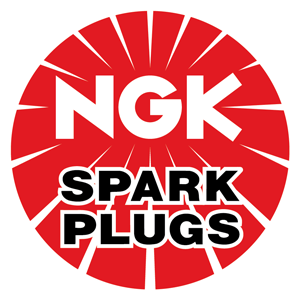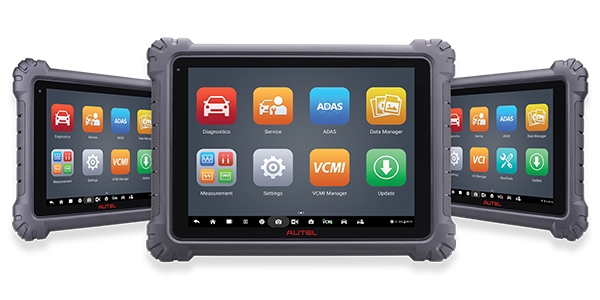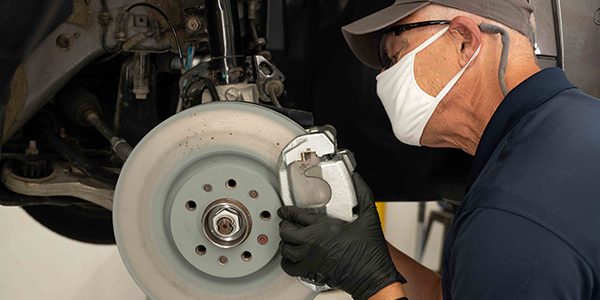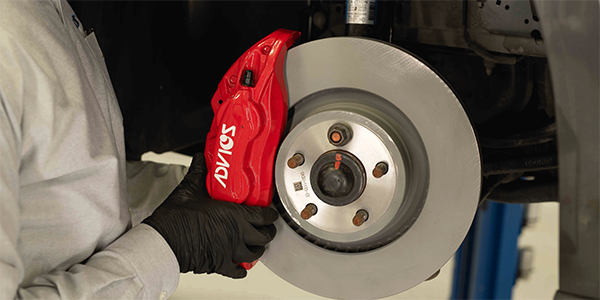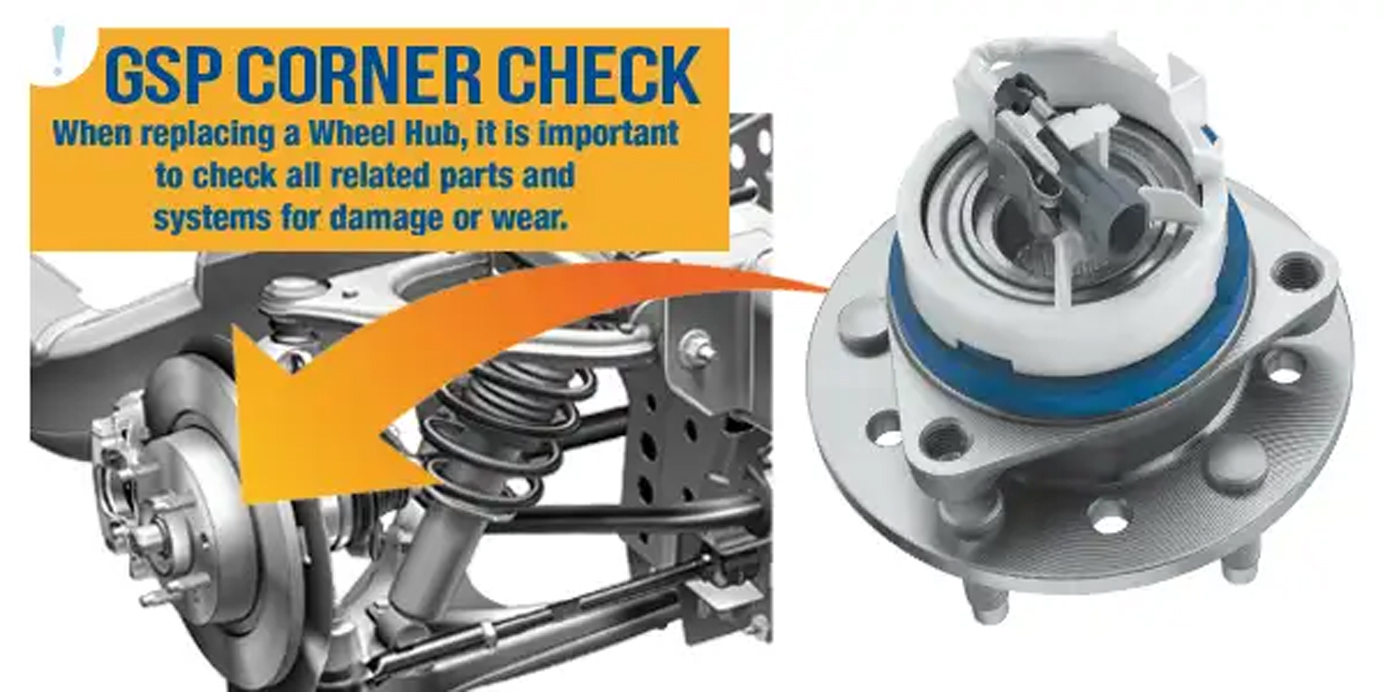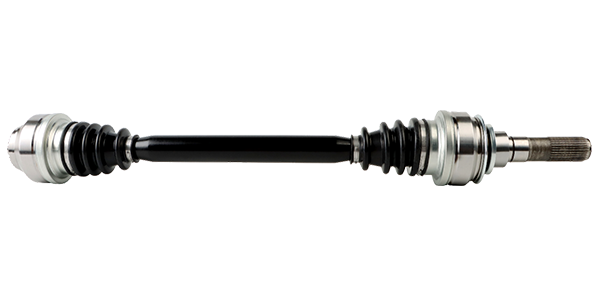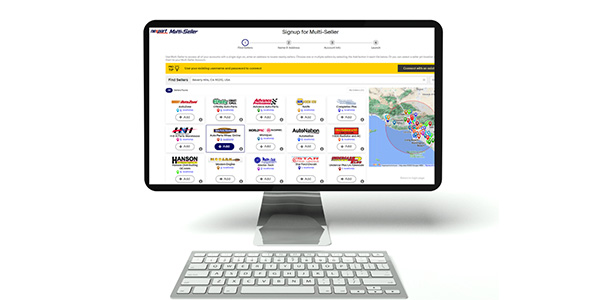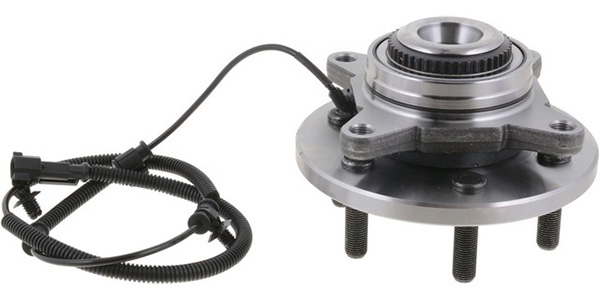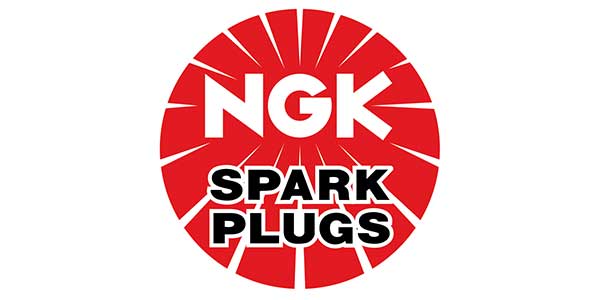
Whether it’s a classic car, jet ski, snowmobile or a motorcycle, applications that are not used year-round still require attention. Traditionally, short-term storage is 3-6 months. Anything longer than that is considered long-term storage. Improper long-term storage can lead to engine and cylinder surface rust, as well as carburetor and fuel issues. Preparing for long-term storage is the best rule of thumb in case of an emergency or a change of plans.
Because proper care is more than just storage, be sure to ask your customer how they store their vehicle and provide the following maintenance tips:
1. Spark plugs: Encourage your customer to perform regular maintenance. In many cases, maintenance on a non-automotive application requires the changing of filters, spark plugs, fluids, and even tightening bolts.
For customers that have tried DIY-ing and are using spark plugs that are subpar to the original equipment, remind them that this can lead to problems with reliability. The OE plug was developed and designed specifically to meet the original engine manufacturer’s specifications. Make sure they use the OE or OE equivalent plugs for their vehicle. Deviating from the OE plug could also be an indication that a customer may be trying to correct a larger problem, and that should be addressed separately.
2. Battery chargers or maintainers can plug right into a wall and are an inexpensive way to keep a battery charged long-term. In some cases, it might be best to disconnect the battery altogether.
3. Fogging oil is extremely important when it comes to storing a vehicle, bike, snowmobile, etc. It will protect everything in the intake and the exhaust inside the cylinder head from rust. Fogging oil should be sprayed into the intake until the engine stalls. After this, more oil may be sprayed down the cylinder through the spark plug openings for extra protection. This will prevent surface rust from forming while in storage.
Fogging oil is not to be confused with the protection provided by specialized plating on spark plugs. Such plating will only protect spark plug threads from rust, not internal engine components.
4. A fuel additive is recommended for long-term equipment or vehicle storage. This will prevent octane loss during the off season. If your customer has a plastic gas tank, all gas should be emptied from the system by running the engine until the vehicle stalls; then use fuel additive. If your customer has a metal tank, usually found in older vehicles, add the fuel additive to a full fuel tank to maintain octane levels and prevent rust from forming inside the tank.
5. Offer Services: Many technical steps need to be taken when properly winterizing or summerizing vehicles. Remind your customer that care is needed when performing these steps. For example, removing spark plugs to spray fogging oil into each cylinder can lead to damage from improper torque during reinstallation as torque values may need to be adjusted. If they are uncomfortable or unable to properly store their vehicles themselves, a professional technician is exactly what they need.
For more information about properly storing vehicles or about ignition products, please contact NGK’s Technical Support Team at 877-473-6767 ext. 2 or visit them on the web at www.ngksparkplugs.com.

